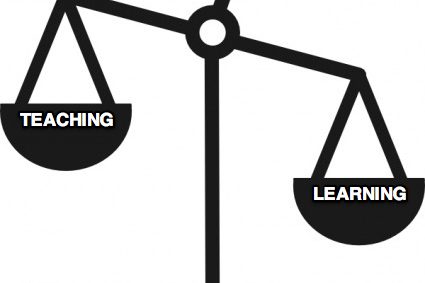Being here in Okinawa gives you a whole new perspective on kata.
For example, I have been taught four different versions of Shuji no Kon Sho (the first bo kata), from teachers who all claim to teach the original version.
Now correct me if I’m wrong, but isn’t there supposed to be one original version?!
Why are there so many variations on one kata? I’m not joking when I say that if you learn kata X in one dojo, and then cross the street to the next dojo, they will tell you half of the movements are wrong. I even have to remember three types of gedan barai (low block)!
One for each dojo!
It’s quite amusing at times…
So, when, how, and why did kata(s) change, and who (is the bastard that) changed them?
Well, I don’t know the answers to these questions, but at least I know some theories to why the kata may have changed.
I give you 6 theories to why kata may have been changed, with a short comment to every reason. But please don’t stare at the comments, try to think for yourself also… it’s more fun that way.
Kata may change if…
1. The person didn’t train enough to learn it correctly.
This is maybe the most common reason to changes in kata. Someone learnt a kata, thought he/she had mastered it, and moved on. But he/she didn’t train enough to learn everything correctly, resulting in him/her teaching it incorrectly to the next generation.
2. The person didn’t understand the underlying nature/principles of the system, and changed things to compensate.
Of course this also stems from lack of training, which leads to a lack of understanding. And if you don’t understand the underlying nature of the system – the whole picture – it’s tempting to change, because then you will not feel “confused” anymore.
3. The person considered a different attack and modified the kata to meet that attack.
This is just ridiculous (aren’t all of these reasons?). Somebody thinks he/she knows the original bunkai (application) of a technique, and decides it’s unpractical. So he/she changes to something more practical, resulting in a change in the kata.
4. The person developed a new underlying philosophy and modified the forms to coincide with it.
Somebody wants to improve the strength of his/her students. So they make the stances deeper and longer, let’s streeeetch the whole body. Or maybe somebody wants to stress the sport side of Karate, so they change all front kicks to high side kicks, and make the movements bigger, and start to add noisy breath to every technique. It might actually happen. Or has it already happened…? (no styles mentioned).
If the underlying philosophy (the aim) of Karate changes, then of course the movements have to change.
5. The person was trying to change things just to place their stamp on future followers.
“You are all mine! Psssssffft (the sound of a hot glowing mark being burnt on the student’s skin)”. Somebody decided to completely ignore everything and just change to movements in the kata to place his/her stamp on the kata.
Sure, why not?
6. Depending on the person’s natural talent/handicap, variations of the form might have been done to meet their needs (physically/emotionally).
This I know has happened in the past. Without mentioning names, a certain famous Kobudo instructor had his leg damaged once, and couldn’t do all stances properly. So, he had basically two choices: Alter the kata (to be able to train properly) or don’t train.
The result can be seen today.
——-
So, there you have it. Six reasons to why kata may have changed. Now, is change good or bad? That can be, and has been, debated.
Do you know somebody who changed something? Does he/she fit in to any of the categories above?
Or… do you fit in to any of the categories above?!
If so, get out of my website!



23 Comments